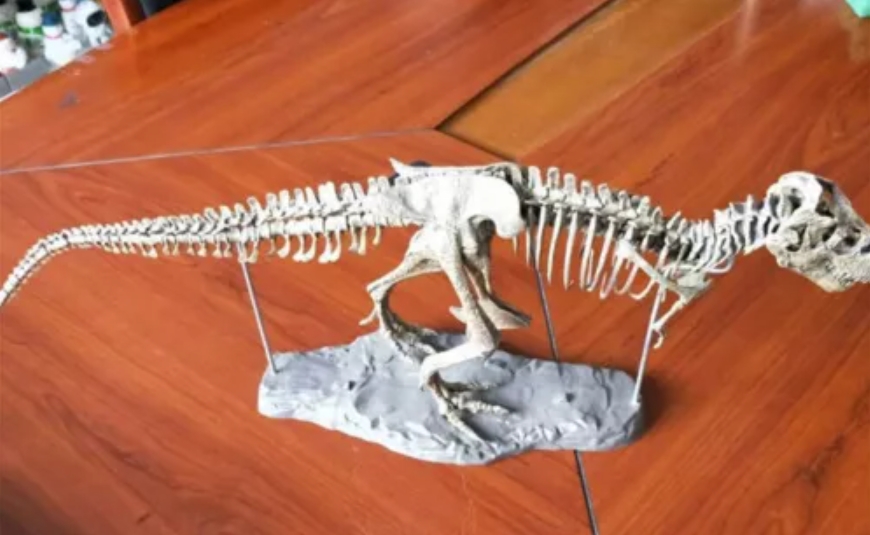Dinosaur models have captivated the imagination of enthusiasts and paleontology fans alike, offering a tangible connection to a world that existed millions of years ago. These stunning representations of ancient creatures not only serve as educational tools but also ignite curiosity and inspire creativity.
Each model is a testament to the artistry and scientific research that goes into its creation. From the towering T. rex to the graceful Brachiosaurus, these replicas are meticulously crafted to capture the unique characteristics of each species. Artists and paleontologists collaborate to ensure that every detail, from the alignment of bones to the texture of the skin, is as accurate as possible. The result is not merely a toy but a detailed representation of what these majestic beings may have looked like when they roamed the Earth.
Dinosaur models come in various forms, including realistic sculptures, articulated figures, and even life-sized replicas. They can be found in schools, museums, and homes, making them accessible to people of all ages. For children, these models can serve as gateways to learning about Earth’s history, evolution, and the importance of biodiversity. Engaging with dinosaur models can foster a sense of wonder and encourage imaginative play, sparking a lifelong interest in science.
Moreover, dinosaur models play a crucial role in scientific education. Teachers and educators use them to illustrate concepts in biology, geology, and history, providing a visual representation that can make complex subjects more comprehensible. Museums often feature lifelike models as part of their exhibits, allowing visitors to immerse themselves in the prehistoric world. These displays often include information about each dinosaur's habitat, diet, and behavior, further enhancing the learning experience.











